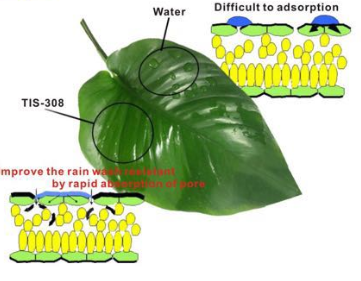Most of the rootstocks are obtained through sowing and breeding, while some varieties, such as GF677, must maintain the characteristics of the rootstock through vegetative propagation.
1. Seedlings breeding
(1) Nursery nurseries require smooth and well-drained sandy loam. Sowing should be preceded by soil preparation, applying 11.25 to 15 t of fertilizer per hectare, ploughing and cultivating stalks, making 1.2 m wide, 10 m long, and preparing for sowing. (2) Seed collection and treatment As a seed collection plant, it should be strong and disease-free. The fruit must be fully mature. The harvested fruits can be processed for nuclear, edible nuclear and rot for nuclear. Remove the core (seed) should wash the flesh, put it in a cool dry place. After the dry collection in a cool and dry place, to prevent mold. If you use autumn and winter sowing, you can sow the soil before freezing. Autumn sowing can reduce labor costs and expenses for sand handling, but it is more costly. Spring sowing needs to be handled according to the following method.
The time during which sand seeds are treated is determined by the number of days of low temperature required for the rootstock seeds, and it is generally about 90 days for the pecans and nectarines. It is usually done before freezing in late October. The suitable temperature for the sand reservoir is 5-10°C, and the humidity is 40%-50%. That is, the sand is hand-squeezed into a mass and the sand is not scattered. Locations were selected for shady, dry, ventilated and water-free areas. The sand trenches are dug first, and the depth of the trenches depends on the number of seeds. The ratio of seeds to sand is 1:5. Place a layer of sand on the bottom of the ditch, then put a layer of seed and cover it with sand. Until the seeds are finished, cover the top of the seed with 60 cm of sand. The ditch was separated from the ground by a straw at the same time as a certain distance. The thickness of the top layer of sand, the thickness of permafrost in North China, can be shallower in the south. The location of the sand must be high and dry, so as to prevent the seed from becoming rotten. After the soil is thawed in early spring, the seeds should be inspected. If the seeds are not yet sprouting near the sowing date, the seeds should be excavated, germinated in a warm place, and germinated immediately before sowing.
(3) The sowing and seedling management generally adopts a wide band, that is, four lines for each species of grasshopper, each with two acts, with a distance of 50 centimeters, and a line spacing of 20 centimeters. The strips are drilled on-demand, and the distance between the plants is 5 to 10 cm. The depth of the cover soil after sowing is about 5 cm. If there are underground pests, bait traps should be applied before sowing.
About 7 days after sowing, the seedlings can be unearthed. In the north, attention should be paid to flooding and timely irrigation. After irrigating, loose soil should be preserved. In the early spring, rain should be paid attention to in the early spring. During the growth of the seedlings, the fertilizer is chased according to the growth conditions, and approximately 150-225 kg of ammonium sulfate is applied per hectare, and irrigation and loose soil are applied after the application. To ensure the normal growth of seedlings, the thickness of the seedlings reached 0.6 to 0.8 cm when grafted, and the branches and weeds at the base of the rootstock were removed before grafting.
2. Nutrient breeding and vegetative propagation includes tissue culture, rapid propagation and cutting.
At present, methods for obtaining seedlings through tissue culture and rapid propagation have been used for production in some countries. In France, the GF677 root stocks have been used in large-scale production in the 1980s, overcoming the shortcomings of ordinary field cuttings.
Cuttings include hardwood cuttings and tender cuttings. The plug matrix can be well-drained loose materials such as fine river sand and peat soil. With hard cutting, the key factor for the rooting of the cuttings is that the temperature of the plug bed matrix is ​​higher than the temperature. When cutting softwood cuttings, the key lies in the control of air humidity and soil moisture. Generally, intermittent spraying facilities are used. Spraying for 6 seconds every 90 seconds during the day and automatically shutting off at night, this will reduce the temperature and reduce transpiration, which is conducive to the growth of the roots.
Wetting Agent is anionic special surfactant compound products, which widely used in SC, EW, EC and OD formulation.
With wetting, rapid penetrating property ,improve the quick effect.Product is anionic, the compound is good, it can be used in water-based pesticides, also in oil-based pesticide.
We also name it penetrator. It can used in wide PH 4-8.

Wetting Agent
Wetting Agent,Wetting Penetrating Agent,Wetting Adjuvant,Agricultural Wetting Agent
Jiangxi Tiansheng New Materials Co.,Ltd , https://www.jxtsxcl.com